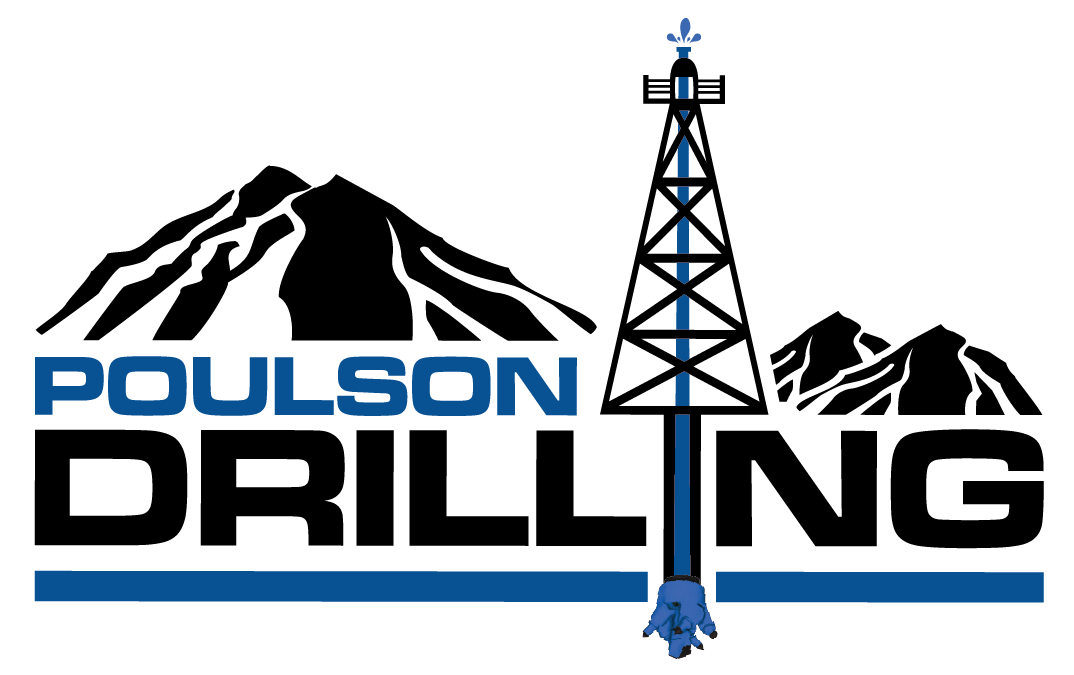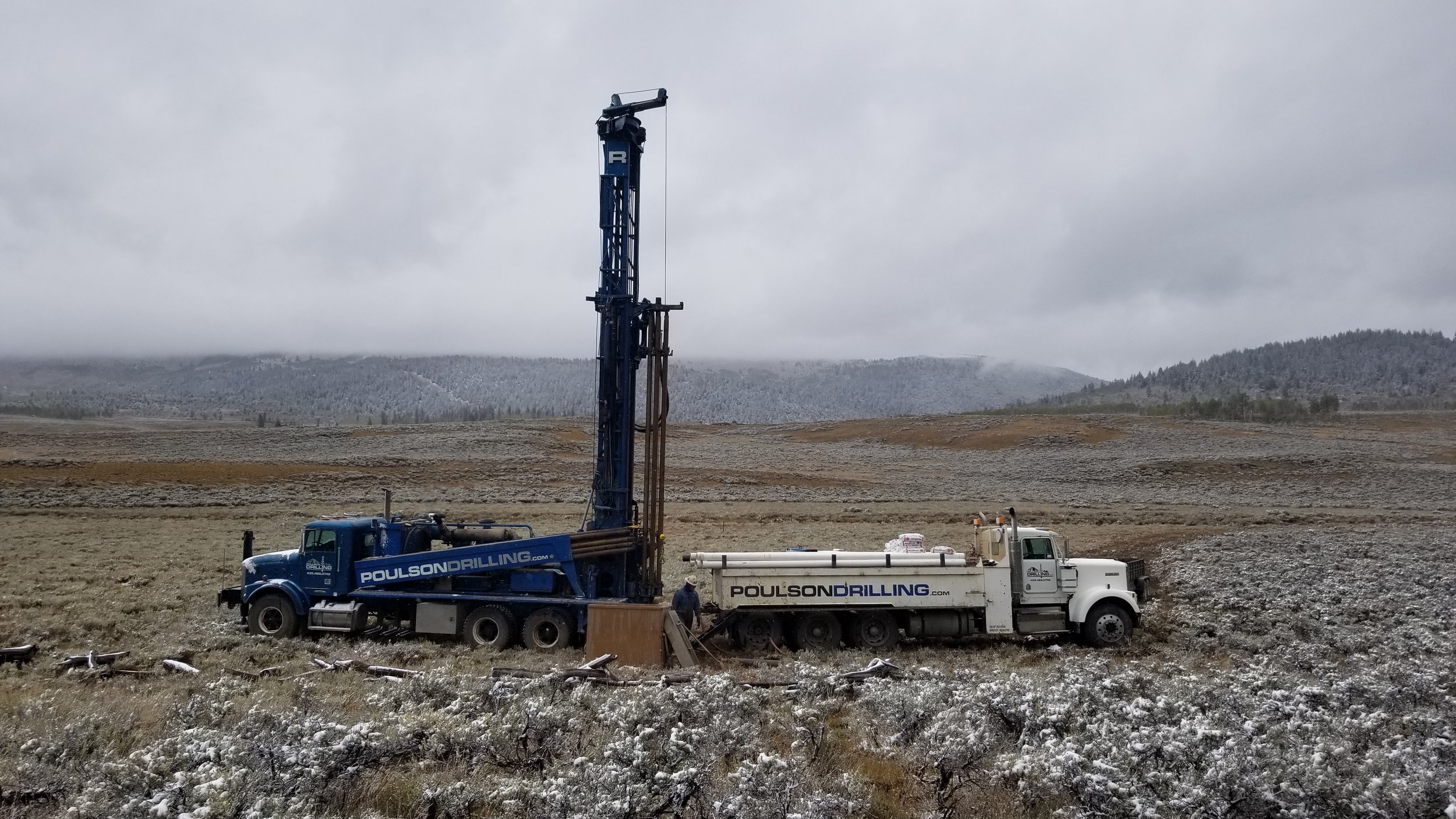FAQs
-
The first thing you will need to drill is an underground water right. You then need a well drilling permit containing all pertinent information regarding well location, water right numbers, etc. With this information, there will be a Driller's Start Card and an Applicant's Card. You must have the original Driller's Start Card available to give to the driller before any construction can begin in the state of Utah.
-
On your application to drill, you will fill out the required information, including an approximate location where the well should be constructed. We usually recommend considering the layout of a yard, sheds, septic systems, house, and driveway when locating the well. It needs to be accessible for servicing but out of the way enough to prevent damage from vehicles and machinery.
-
We have made as little as ½ GPM work for our customers. We have minimum recommendations for our customers. We like to leave the well with approximately 100 feet of water standing in the well when we are finished. So, if the static (top of water standing in the well) was 100 feet, we recommend going to at least 200 feet and prefer to intersect the next water-bearing zone, if we haven't already, by the time we have the 100 feet minimum of standing water in the bore. The second benchmark that we like to see for domestic household situations is a 15 Gallons Per Minute flow rate. We don't always get this. Once we have notable water in the well, we contact the well owner, and from that point on, it is a financial decision that our customers make.
-
An artesian well is a type of well that taps into a pressurized underground water source. It doesn't need a pump for water to rise to the surface, the water naturally rises to the surface due to the pressure in the aquifer. This type of well is named after the region of Artois in France. Artesian wells are valuable for providing a steady and reliable water supply for various uses.


